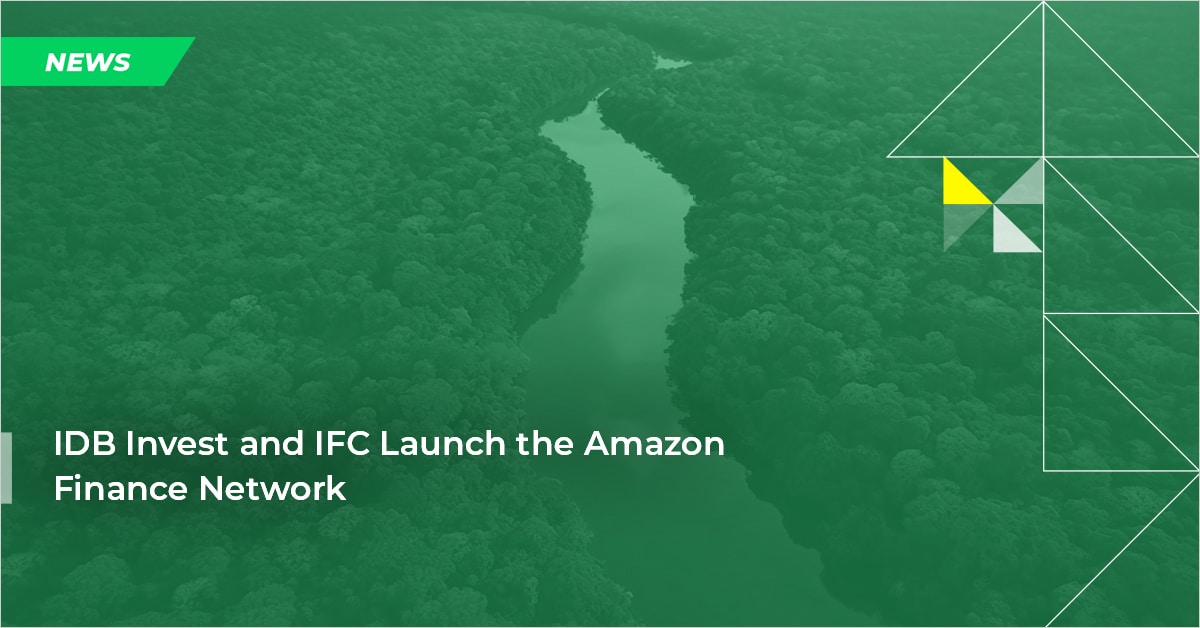Two major financial institutions, the International Finance Corporation (IFC) and Inter-American Development Bank Invest (IDB Invest), recently made headlines by signing new Sustainable Lending Lines (SLLs). These agreements mark a significant step towards promoting sustainable finance in the global market.
The IFC, known for its focus on private sector development in emerging markets, has been a key player in driving initiatives that support environmental sustainability and social responsibility. On the other hand, IDB Invest, a member of the Inter-American Development Bank Group dedicated to promoting economic development in Latin America and the Caribbean, brings its expertise in fostering sustainable investments to the partnership.
In a joint statement announcing this collaboration, representatives from both organizations highlighted their commitment to advancing sustainable finance practices. One of the key goals of these SLLs is to encourage businesses to adopt environmentally friendly practices while also considering social impacts.
“Sustainable lending lines are instrumental in incentivizing companies to integrate sustainability into their core operations,”
explained an industry expert familiar with such financial mechanisms.
“By providing favorable terms for loans linked to sustainability targets, these agreements can drive positive change across various sectors.”
The concept of green bonds has gained traction in recent years as a way for companies and governments to raise funds specifically for eco-friendly projects. In line with this trend, FS recently pitched a new green bond, aiming to attract investors who prioritize environmental considerations.
Meanwhile, Atome’s initiative seeking funds for green hydrogen production underscores the growing interest in renewable energy sources. Green hydrogen is seen as a promising alternative fuel that could significantly reduce carbon emissions and combat climate change.
BNDES’s contemplation of issuing blue bonds reflects an emerging trend where financial instruments are tailored to address specific environmental challenges. Blue bonds typically target marine conservation efforts or sustainable ocean-related projects, highlighting the importance of preserving our oceans’ health.
On another front, FEFA’s plan to issue social bonds indicates a broader movement towards socially responsible investing. Social bonds are designed to fund projects with clear social benefits such as affordable housing or healthcare infrastructure improvements.
The increasing involvement of financial institutions like Banco do Brasil in supporting green initiatives further underlines the shifting landscape towards sustainability-focused investments. Collaborations with entities like Agence Française de Développement (AFD) provide additional credibility and resources for such endeavors.
As climate change concerns intensify, there is mounting pressure on banks worldwide to enhance their climate action strategies. Encouragingly, initiatives like Fibra Prologis’ sustainable loan expansion demonstrate that businesses are increasingly recognizing the importance of integrating sustainability into their long-term growth plans.
Innovative deals like Funo’s groundbreaking Sustainable Linked Bond (SLB) deal highlight how financial instruments can be structured creatively to promote eco-conscious practices within corporations. Such transactions not only attract ethical investors but also serve as models for future sustainable financing arrangements.
Aeris’s decision to avoid traditional bond markets in favor of alternative financing methods signals a shift towards exploring diverse funding avenues amidst evolving market dynamics. This strategic move reflects an adaptive approach by companies seeking innovative ways to support their growth trajectories sustainably.
Ecopetrol’s acquisition of a renewables portfolio signifies traditional energy players’ recognition of the need to diversify into cleaner energy sources. This transition aligns with global efforts aimed at reducing reliance on fossil fuels and mitigating greenhouse gas emissions over time.
Lastly, CABEI’s successful pricing of its fifth blue bond emphasizes investor confidence in supporting impactful projects targeting ocean conservation and related fields. Such milestones not only facilitate crucial funding flows but also contribute significantly towards achieving environmental sustainability goals on a larger scale.









Leave feedback about this